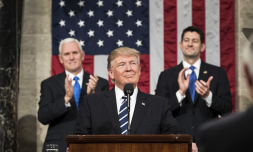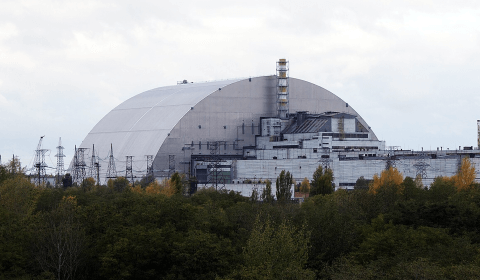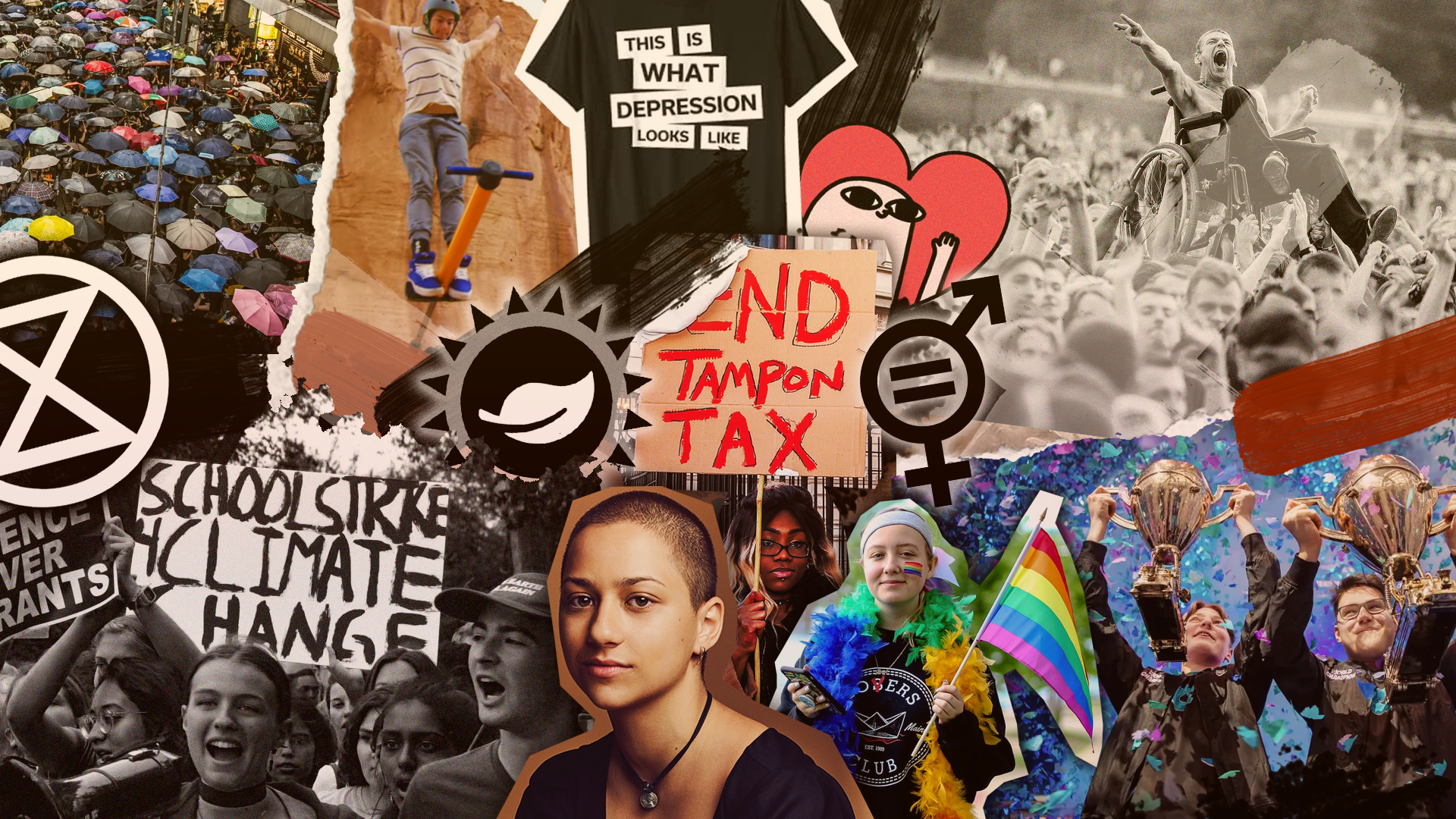It short, Canada, as a potential 51st state, saves the US a lot of money.
Both Canada and the United States are known for their long-committed alliance marked by numerous milestones. After the second world war, both nations established a binational military command – NORAD, for the purpose of ensuring a North American defence.
Playing a pivotal role in trade between both was the North American Free Trade Agreement (NAFTA), which Mexico was also a part of. The agreement came into effect in 2016 and made the US Canada’s largest trading partner and vice versa.
Before the agreement was replaced, exports and imports between both nations were valued in the billions, marking significant contributions to both economies. Key exports were oil, automobiles, and agricultural products.
In the past decade or so, both governments had positive relations between former Presidents Barack Obama, Joe Biden, and Justin Trudeau. Key contingents in their relationships were the climate, and, later, the COVID-19 pandemic.
However, in-between Obama and Biden, there was President Donald Trump, whose time in office marked a significant shift in US-Canada relations. After Biden took office from him in 2021, he sought to restore and strengthen the alliance. Yet, today, we are back to those strained ties, and Trump’s stance against Canada is much worse.
What’s going on between Trump and Canada?
To understand Trump’s actions, one would need to understand that the US, Mexico, and Canada have a trade agreement entitled the USMCA. Crucial to trade relations between the three countries, the agreement was meant to replace the NAFTA, which needed updates to reflect modern trading.
In early February, Trump imposed 25% tariffs on most Canadian and Mexican goods, except for oil and energy exports, which received a 10% tariff. His rationale to start a trade war was to reduce the US trade deficit with Canada and Mexico and encourage local manufacturing by making imports expensive.
Long story short, in Trump’s eyes, the US is often at a financial disadvantage in international trade agreements, hence much of the chaos since he took office.
Almost immediately after, Canada did the same by imposing tariffs on $30 billion worth of goods from the US, with plans to increase this to $155 billion if necessary. In March, Trump delayed tariffs on goods compliant with the USMCA until April, which will end up affecting 38% of imports from Canada.
To pressure Canada into complying with his trade demands, Trump went on record to suggest that the nation should become the US’s 51st state by ‘annexation’. He implied that this would eliminate tariffs and trade barriers, all of which are central to his economic strategy and broader territorial ambitions.
With his recent crackdowns on trafficking and border control, Trump believes that the US-Canada integration would strengthen border security.




















